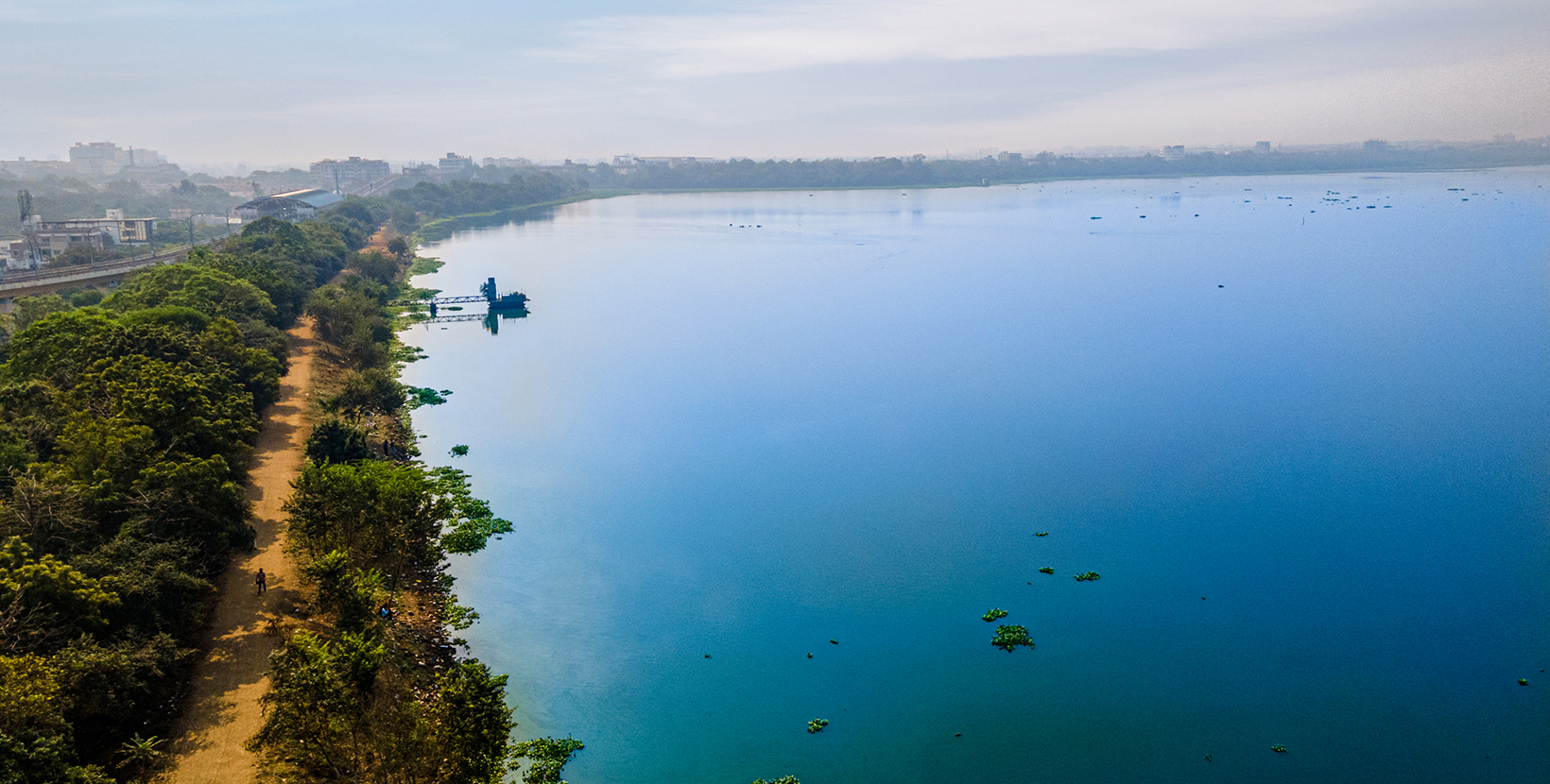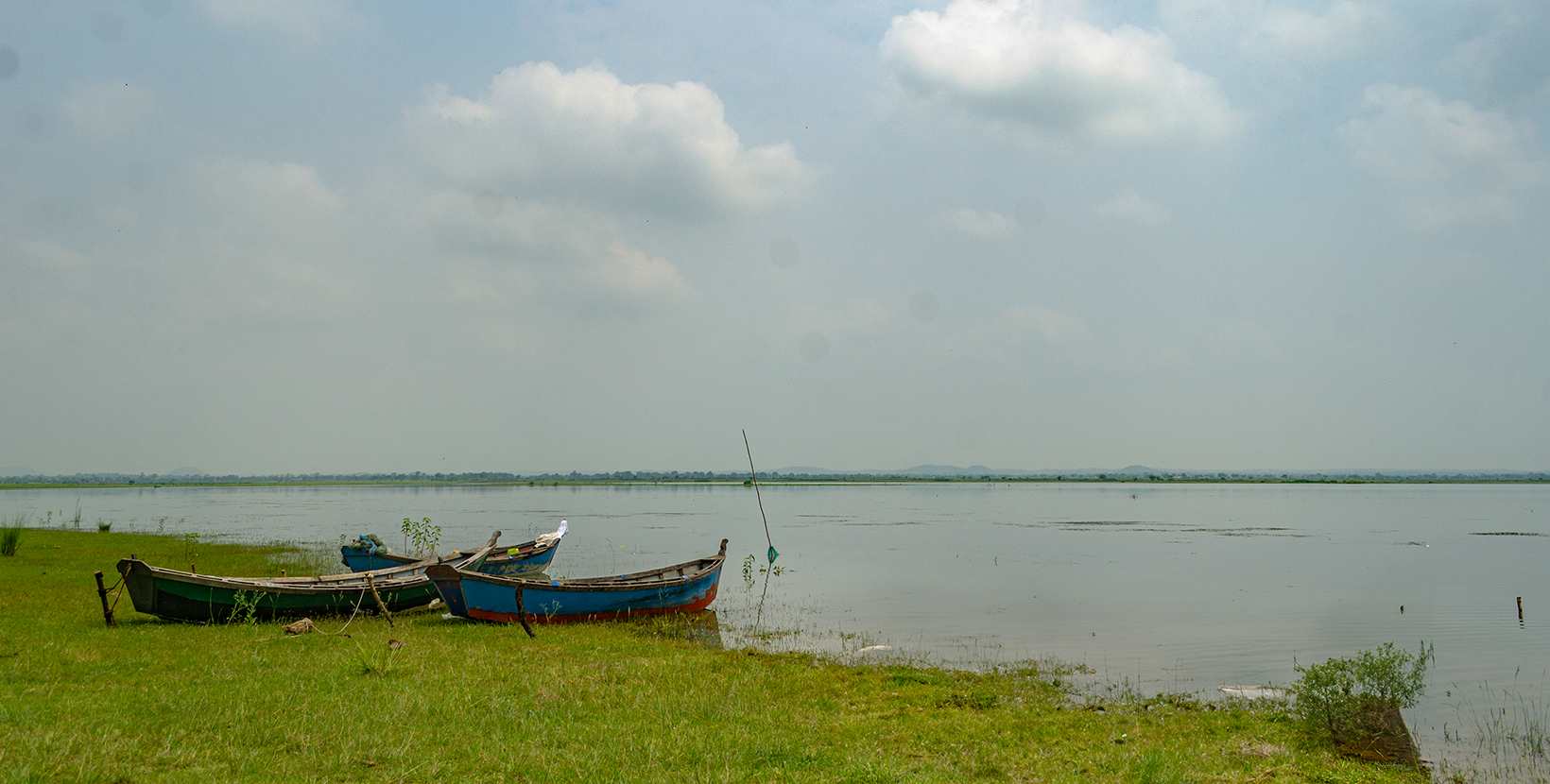Experiencing Nagpur’s heritage, rich architecture, spirituality, and cultural delights

-
Venture through the sacred sites of Nagpur
-
Highlights
Deekshabhoomi, Dhamma Chakra Stupa, Ambazari Lake and Garden, Sevagram Ashram, Shri Poddareshwar Ram Mandir
In the morning, start your day by immersing yourself in Nagpur’s rich heritage by visiting the Deekshabhoomi. It is a sacred monument wherein Dr. Bhim Rao Ambedkar, with his 4,00,000 followers, primarily Dalits (including several 1000s of people who were converted to Christianity), embraced Buddhism on 14th October 1956, Ashoka Vijaya Dashami. Hence, Deekshabhoomi is considered a sacred place, and millions of pilgrims visit the place every year. You will be awestruck by the architecture here. Next, travel to the Dhamma Chakra Stupa or Great Stupa of Universal Peace, located in proximity and is a spectacular architectural body that can house over 5,000 people. The white stupa is 120 feet tall and is carved out of Dhaulpur sandstones, granites, and marbles. Stop for a quick lunch at a local eatery. Indulge in Nagpur’s famous Saoji Chicken and finish the lunch with the delicious Orange Burfi.
Post lunch, you can begin your expedition again by traveling to the Ambazari Lake and Garden. It is one of the largest lakes in Nagpur. Boating in rowboats and paddle boats is a prevalent activity here, which adds to the thrill and will help you explore the scenic beauty around. Continue your journey with a visit to the Sevagram Ashram. It was developed in 1936 by Gandhiji, as he stayed overnight in a hut, thus the name. The primary attraction of the ashram is the photo gallery, wherein you will see some unforgettable moments of Gandhiji, his documents, and his paintings. End your day with a visit to the Shri Poddareshwar Ram Mandir, known for its architecture and peaceful ambiance. The temple is dedicated to Lord Ram.












